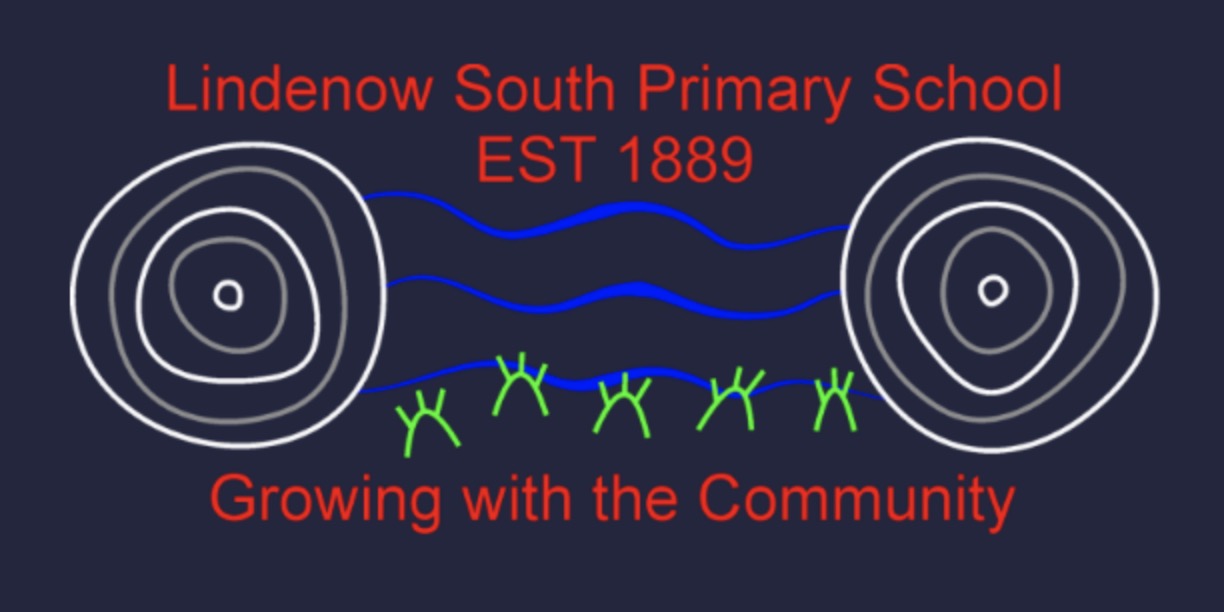The curriculum at Lindenow South Primary is based on the Victorian Curriculum
A summary Victorian Curriculum Design can be obtained by clicking here
CURRICULUM OVERVIEW
At Lindenow South Primary School, we deliver a rich and engaging curriculum guided by the Victorian Curriculum F–10, which sets out the essential knowledge, skills, and capabilities students are expected to develop from Foundation to Year 6.
Our primary program is designed to build strong foundations in literacy and numeracy, while also fostering curiosity, creativity, and a love of learning across all subject areas. We focus on developing the whole child—academically, socially, and emotionally—to prepare them for lifelong learning and success.
Key Learning Areas in the Primary Years:
• English – Reading, writing, speaking, and listening skills are explicitly taught and integrated across the curriculum.
• Mathematics – Focus on number, measurement, geometry, statistics, and problem-solving through hands-on and real-world applications.
• Science – Encouraging inquiry and discovery about the natural and physical world.
• The Humanities – Including History, Geography, Civics & Citizenship, and Economics & Business.
• The Arts – Visual arts, music, and performance to inspire creativity and self-expression.
• Health and Physical Education – Promoting physical wellbeing, teamwork, and healthy lifestyle choices.
• Technologies – Digital and design technologies that develop problem-solving and 21st-century skills.
Capabilities Across the Curriculum:
In addition to subject areas, we also integrate the following general capabilities to support students' personal growth and learning success:
• Critical and Creative Thinking
• Ethical Understanding
• Intercultural Understanding
• Personal and Social Capability
Our learning programs are inclusive, flexible, and responsive to the diverse needs of our students. We aim to provide learning experiences that are developmentally appropriate and tailored to support every student to achieve their full potential.
**VICTORIAN CURRICULUM 2.0
The Victorian Teaching and Learning Model 2.0 (VTLM 2.0) is the Department of Education's updated, evidence-based framework designed to enhance teaching and learning across all Victorian government schools. Developed in collaboration with the Australian Education Research Organisation (AERO) and informed by contemporary research in cognitive science, neuroscience, and educational psychology, VTLM 2.0 aims to support strong learning outcomes for all students, including priority cohorts.
Key Features of VTLM 2.0
1. Elements of Learning
VTLM 2.0 identifies four elements that describe how students learn:
• Attention, Focus, and Regulation: Learning requires students' active engagement and focused attention to transfer new information from working memory to long-term memory.
• Knowledge and Memory: Working memory serves as the active workspace for engaging with knowledge, skills, and concepts. Learning occurs when new knowledge moves from working memory to long-term memory, where it is linked to existing mental models.
• Retention and Recall: Introducing new information in small, manageable chunks and minimizing distractions supports working memory. Practice and recall strengthen connections in long-term memory, facilitating application.
• Mastery and Application: Spaced, varied, and repeated practice consolidates learning, builds neural connections, and supports the transfer of learning to new situations, leading to complex mental models in long-term memory.
2. Elements of Teaching
VTLM 2.0 outlines four elements representing evidence-based teaching practices that effectively support learning:Planning: Designing structured lessons aligned with learning goals.
• Enabling Learning: Creating supportive environments that foster student engagement and understanding.
• Explicit Teaching: Providing clear explanations and demonstrations of what students need to learn, managing cognitive load, and offering guided practice.
• Supported Application: Assisting students in applying new knowledge through practice, feedback, and reflection.
